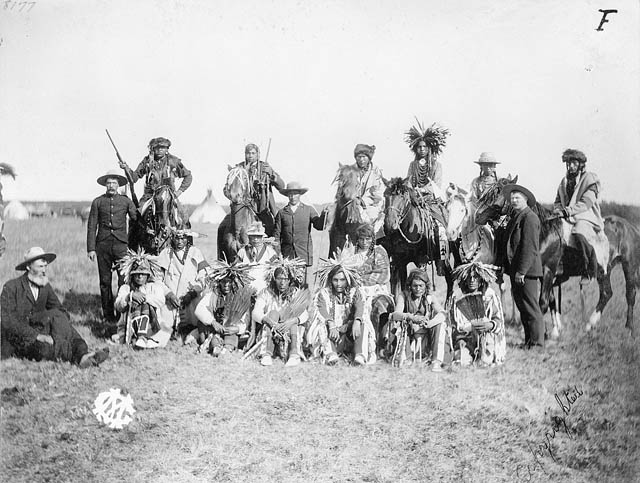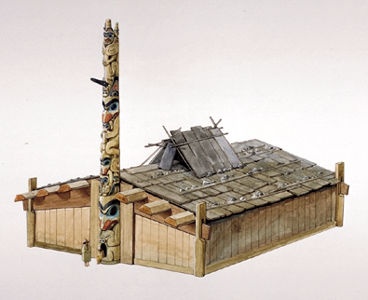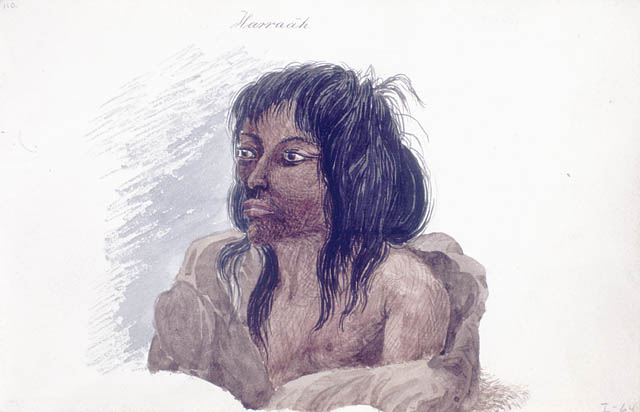Article
Freda Ahenakew
Freda Ahenakew, OC, Cree scholar, author (born 11 February 1932 on Ahtahkakoop First Nation, SK; died 8 April 2011 at Muskeg Lake First Nation, SK). Ahenakew is recognized as a leader in the acknowledgment and revitalization of the Cree language in Canada. In her life, Ahenakew helped to preserve the oral traditions of the Cree people and share Cree traditions and stories with Indigenous and non-Indigenous peoples alike. (See also Indigenous Language Revitalization in Canada.)















